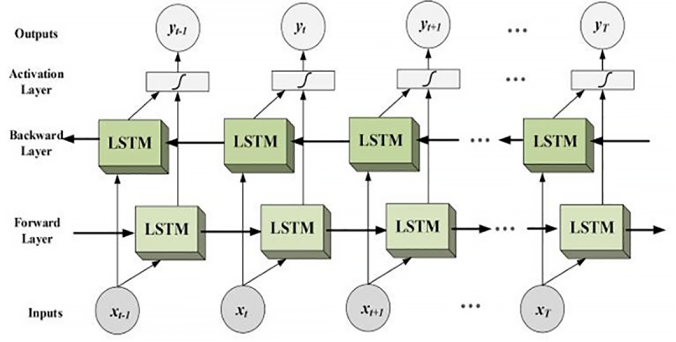A Constructive Model for Cyber-Attack Prediction Using Efficient Weighted Bi-Directional Learning Approaches
Main Article Content
Abstract
Anomaly detection algorithms based on machine and deep learning are currently the most promising techniques for identifying cyber-attacks. However, hostile attacks lower forecast accuracy which is made against these techniques. The resilience of anomaly detection has been measured using a variety of methods in the literature. They neglect to consider the fact that a little disruption in an anomalous sample caused by an assault like a denial of service might cause it to become a genuinely normal sample, but a huge perturbation can transform an anomalous sample into a truly normal sample without affecting the whole system. Even so, it can lead to it being wrongly classified as normal. The approach for determining an anomaly detection model's resilience in industrial contexts is presented in this work. To detect abnormalities brought on by various cyber-attacks; this work used the method of a Support Vector Machine (SVM) for feature extraction and weight analysis. In this case, a unique deep learning-based Bi-LSTM (Bi-directional Long Short Term Memory) only requires a disruption of 60% with 99.6% accuracy of the original sample to create adversarial samples as opposed to the model, which requires a disruption of the entire original sample.
Article Details
How to Cite
Bondili Sri Harsha Sai Singh, Mohammed Fathima, Thota Teja Mahesh, Mohammad Sameer, Dinesh Kumar Anguraj, & Padmanaban Kuppan. (2024). A Constructive Model for Cyber-Attack Prediction Using Efficient Weighted Bi-Directional Learning Approaches. International Journal of Communication Networks and Information Security (IJCNIS), 16(1). https://doi.org/10.17762/ijcnis.v16i1.6472
Section
Research Articles

This work is licensed under a Creative Commons Attribution-NonCommercial-ShareAlike 4.0 International License.

